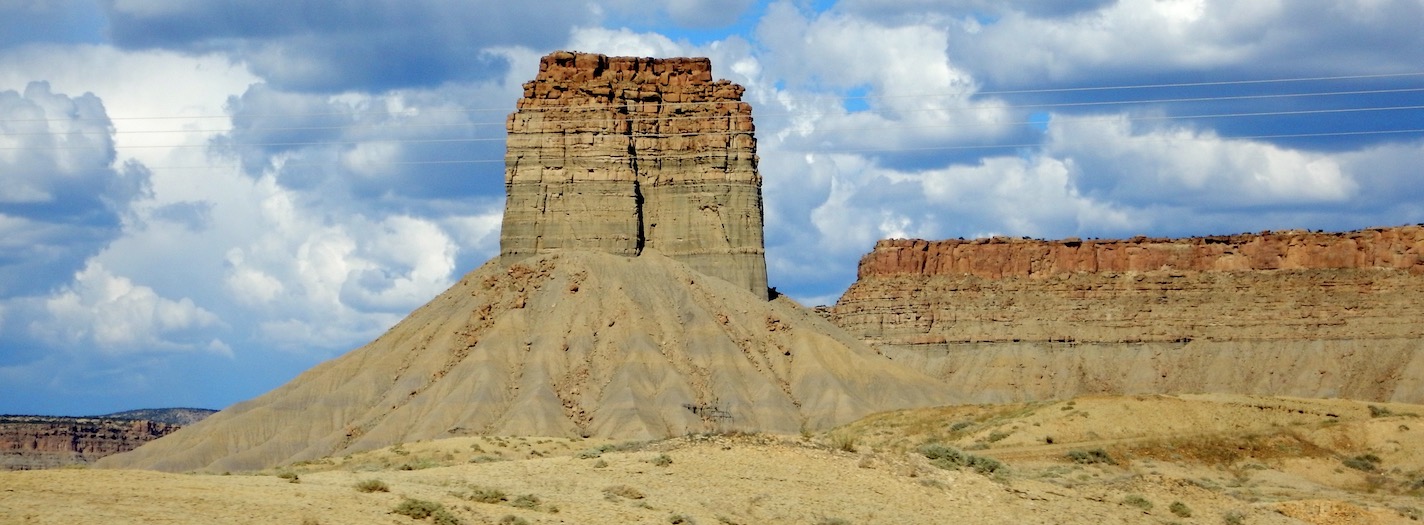
Reservoir Architecture of Net Transgressive Shorelines
Course Details
One of the many gross generalizations that were introduced by Exxon-Style Sequence Stratigraphy was the myth that the thickest and highest-quality clastic reservoirs are deposited during sea-level fall only. Transgressive deposits in this model are supposed to be thin (less than 10 meters) and shale-rich.
On this field-trip, you will realize that is far from reality! In areas with punctuated transgressions in overall subsiding basins that typify Forelands and rotating fault-blocks thick accumulations of sand can be deposited and preserved.
We will be visiting some of the best-studied transgressive deposits in the world. These include the Cretaceous Hosta Tongue, the Cliffhouse Sandstone, and the Toquito Sandstone.
Unlike most field-trips taken by geoscientists into the Book Cliffs of Utah, this entire field trip runs in the San Juan Basin of New Mexico and Colorado and the sandstones you will see are producing reservoirs in the sub-surface.
Who Should Attend
• Geologists • Geophysicists
• Petrophysicists
• Engineers
This course is meant for all who are working on the exploration and development of transgressive sandstones such as retrograding parasequences, incised valleys, and shelf sand ridges.
Need more information?
Course Outline
Day 1
You will be arriving the day before the course starts at Durango Airport, Colorado, USA and we will check you in to your hotel in Farmington, New Mexico. The next morning we will begin with a safety briefing, orientation to the field area, and an introduction to shallow-marine clastic sequence stratigraphy.
In the afternoon we will head into the famous Mancos Canyon where Statoil and the NPD flew helicopters to create video footage in the 1990s. You will get to see firsthand why this canyon is a test-piece for the concept for Transgressive-Regressive Cycles and why it has been the center of attention of so many field trips but the Norwegian Oil and Gas industry.
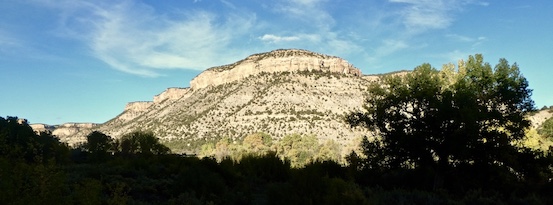
Day 2
Morning lectures will focus on facies partitioning and the likelihood of deposition and preservation of common marginal marine depositional environments during different sea-level stands.
In the field we will head to Mesa Verde National Park which is the perfect place to see “shoreface/tidal couples,” on seismic-scale and up-close. We will also look at high-sinuosity single-thread coastal plain channels.
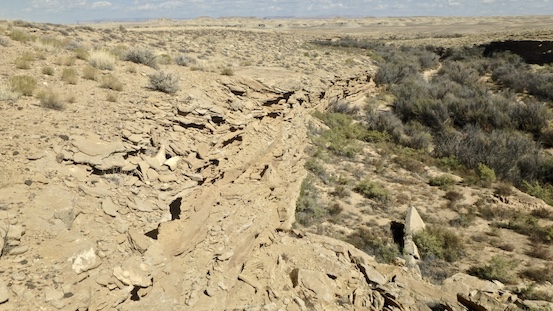
Day 3
The morning lectures will focus on net-transgressive shorelines and the types of parasequences that develop during transgression.
After lectures we will head over to Chaco Canyon National Historic park to look at stacked transgressive shorefaces, tidal channels and back-barrier lagoons.
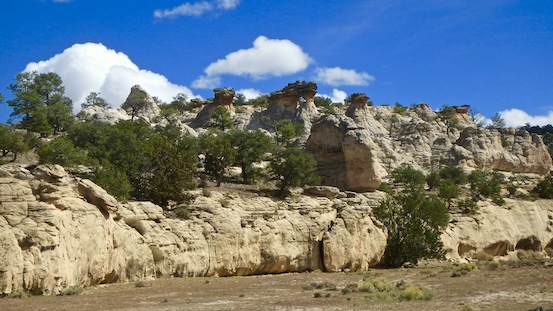
Day 4
Morning lectures will focus on the evolution of barrier islands and beaches and their different types in the modern.
In the field you will get to see the sharp based Hosta Tongue and a barrier island complexes preserved in its entirety with both seward pinch-outs into marine shale and landward pinchouts into lagoonal mudstones and siltstones.
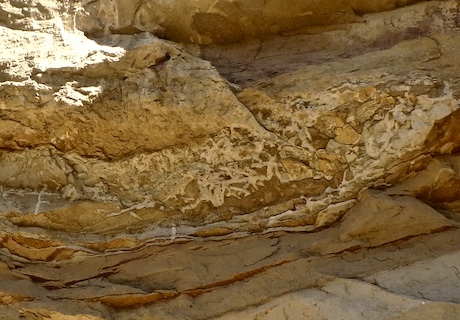
Day 5
Morning lectures on shelf sand ridges and their precursors such as drowned barrier islands, eskers and drumlins, tidal mouth bars and incised valley fill.
In the field we will look as spectacular examples of shelf sand ridges that had an incised valley fill precursor in the Toquito Sandstone.
After an early farewell dinner we will drop you off at Durango Airport for an evening departure.
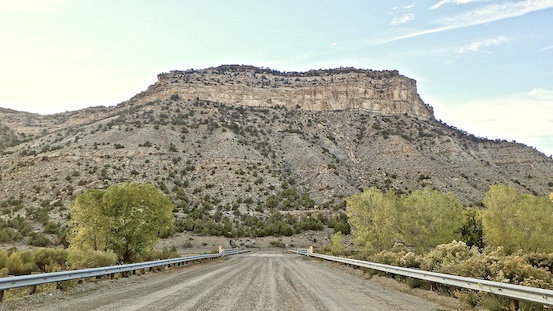
This field trip is available upon request and runs in October. The field trip is $7000/person and this cost includes all hotels, meals, transportation, national park passes, permits to work on Native American land, field guide, exercise materials, and tuition. Group discounts are available if your company decides to send 3 or more participants.
Visas for the US typically take 1-2 months to process therefore we recommend contacting us as soon as possible so we can send you a letter of invitation that you can take to your local US consulate.


